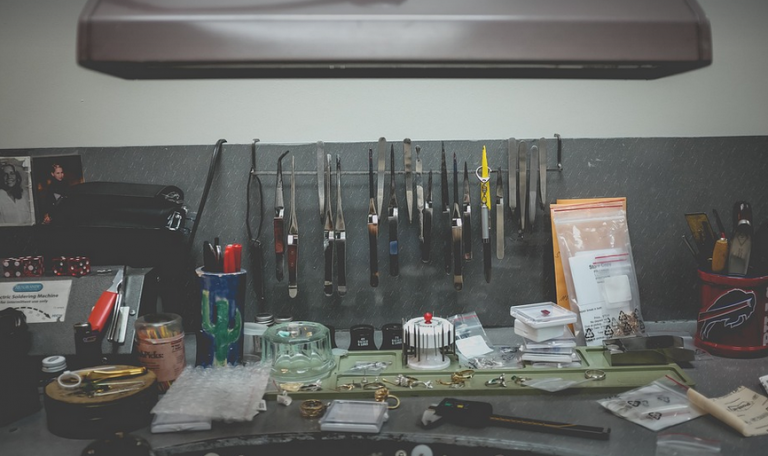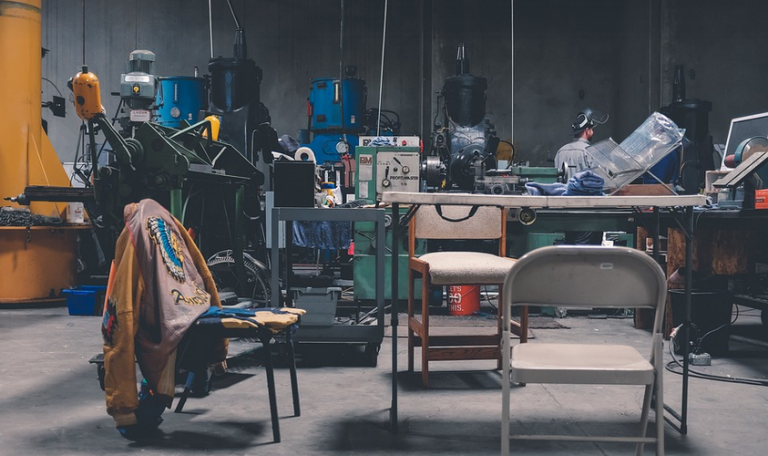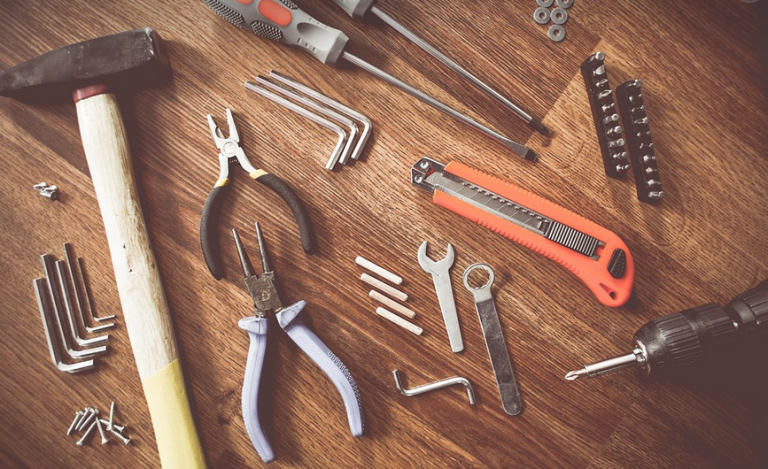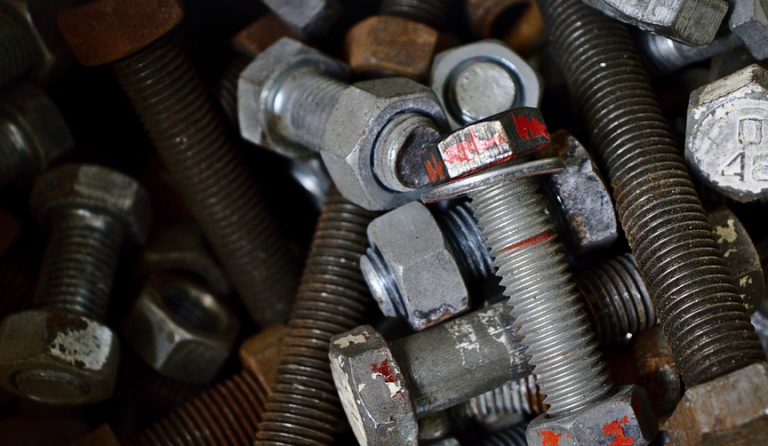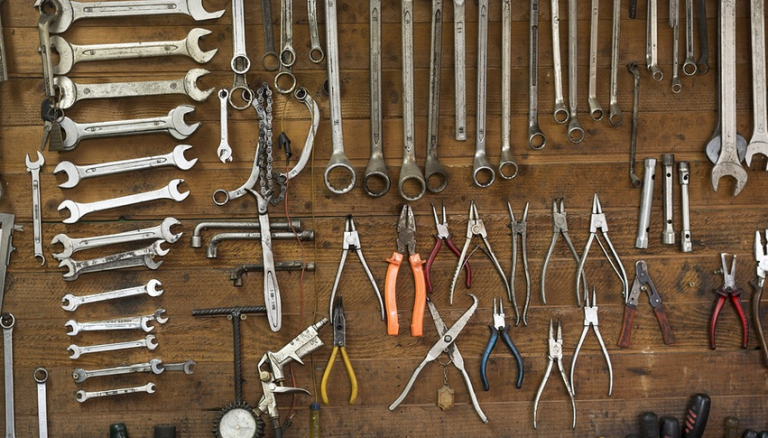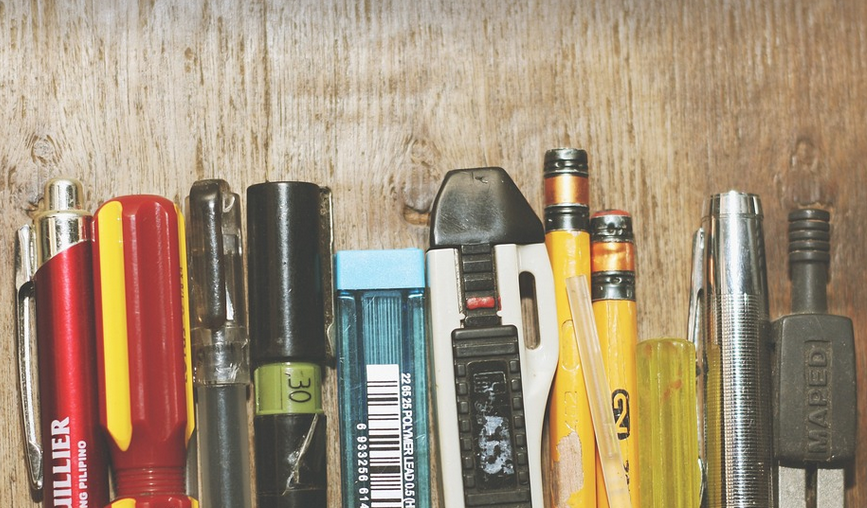
What are Hose Clamps?
Hose clamps, often called hose bands or clips, are essential fastening devices used in countless applications to hold hoses securely in place. They play a vital role in various industries, from automotive repair and plumbing to industrial machinery and agricultural equipment. These versatile tools help prevent leaks, ensure proper hose routing, and facilitate effective fluid transfer.
Why is Hose Clamp Pressure Rating Important?
The pressure rating of a hose clamp denotes the maximum safe working pressure that the clamp can withstand before potential failure or damage. It’s crucial to understand this rating as it directly impacts the functionality and safety of your system. Choosing clamps with an insufficient pressure rating can lead to potential leaks, bursts, and even catastrophic failures.
When selecting hose clamps for specific applications, considering the expected operating pressures is paramount. Factors like fluid type, temperature, hose material, and environment all influence the required pressure rating. Ignoring this critical information can lead to serious consequences, potentially harming people or equipment, and causing costly repairs.
Understanding Pressure Ratings: The Key Components
Hose clamp pressure ratings offer a standardized framework for choosing clamps that match your specific applications. These ratings typically come in units of pounds per square inch (psi) or millimeters of mercury (mmHg). It’s crucial to read and understand the manufacturer’s guidelines on the packaging and product documentation.
The pressure rating is indicated by a specific notation, often marked as “working pressure” or “burst pressure.” This information highlights how much force the clamp can endure before it weakens or fails. Understanding this distinction helps ensure safe operation and prevent system failures.
Factors Affecting Pressure Ratings
Several factors influence a hose clamp’s pressure rating, and understanding these factors is essential for making informed choices. One crucial factor is the material of the clamp itself. Stainless steel clamps are known for their durability and ability to withstand high pressures, while regular steel clamps may have limitations.
The type of hose also plays a significant role in determining the pressure rating. Hoses designed for high-pressure applications often have reinforced layers or special coatings to handle greater stress. Understanding the compatibility between the hose and clamp ensures proper performance.
Testing and Verification
Rigorously testing hose clamps is essential to verify their intended pressure ratings in real-world scenarios. This process involves subjecting clamps to controlled pressure while monitoring for any signs of deformation, leaks, or other abnormalities. Proper testing helps ensure that the clamps can withstand their designated working pressures.
Testing should be performed under standard conditions and with a calibrated pressure gauge to prevent inaccuracies in measurement. Thoroughly documenting test results is vital to track performance over time and identify potential areas for improvement.
Safety Precautions: A Must-Have
Ensuring the safety of individuals working with hoses and clamps is paramount. It’s crucial to adhere to best practices like wearing appropriate personal protective equipment (PPE) during installation, including gloves, eye protection, and sturdy work boots. This minimizes potential hazards and ensures a safer working environment.
Properly storing hose clamps in designated areas and keeping them away from extreme temperatures and corrosive elements are also essential for maintaining their integrity and longevity. Regular inspection, maintenance checks, and replacing worn-out components ensure optimal performance and prevent potential failures.
Beyond Pressure Ratings
While pressure rating is vital, it’s only one aspect of selecting the right hose clamp. Other factors to consider include: material strength, application environment, and intended operating length/diameter. Always refer to the manufacturer’s specifications for detailed guidance on choosing the appropriate hose clamp for your specific needs.
By understanding these considerations, you can ensure your hose system operates safely, efficiently, and reliably for years to come.
